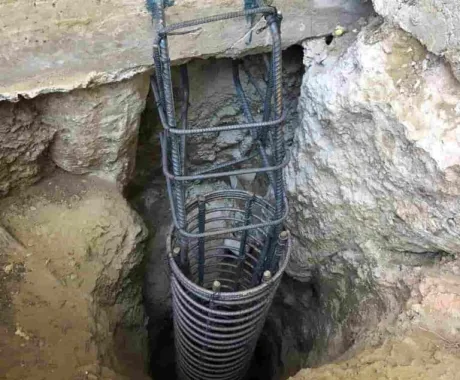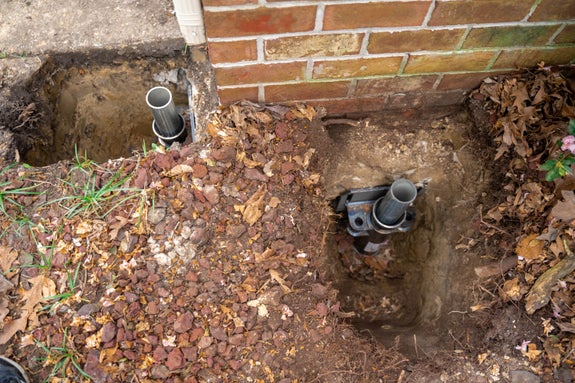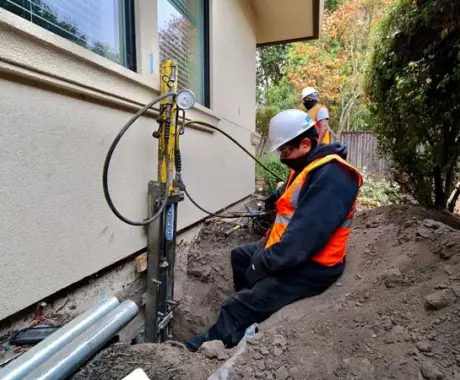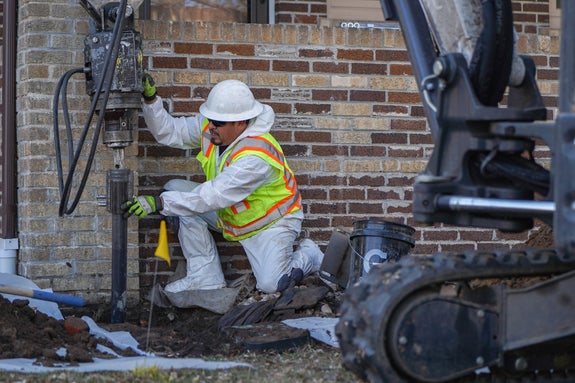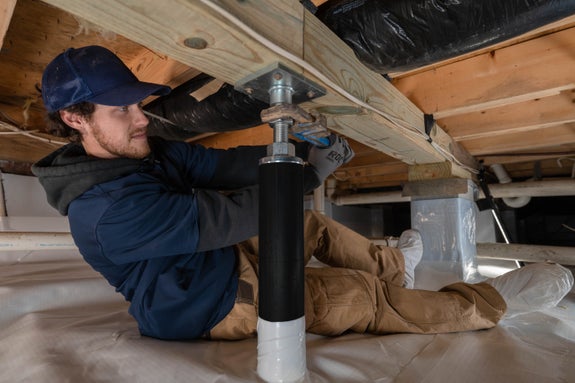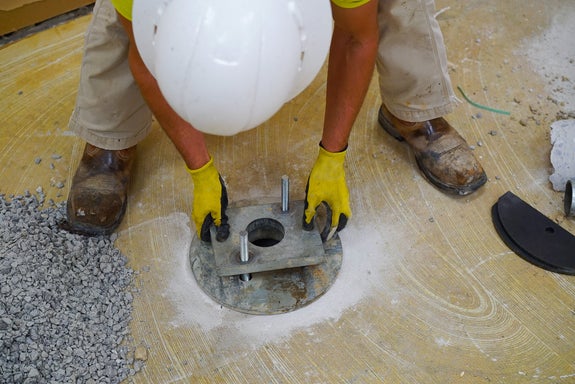Push Piers
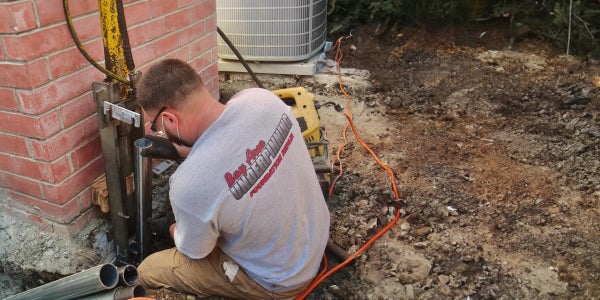
The foundation of your home is its bedrock, crucial for structural soundness and the safety of your loved ones. When the foundation begins to settle, it threatens everything built upon it.
Don’t delay addressing issues such as cracks in your drywall or doors that won’t close properly. These are common problems for many homeowners in the region, but solutions are available.
Bay Area Underpinning’s SettleStop Push Piers not only stabilize but potentially lift your foundation to its original position, offering a permanent solution. We are recognized for our expertise in foundation repair and are dedicated to ensuring the safety and security of your home.
This page will explain what push piers are, their importance, and how our services can benefit your home.
What Are Push Piers?
Push Piers are durable steel supports installed underneath your foundation. They are driven deep into the earth, passing through less stable soil layers, to anchor your home to solid bedrock or stable soil, ensuring a stable support for your home.
These supports are also known as resistance piers due to their method of installation, which involves driving them down to a resistance point.
Serving as part of a larger whole-home strategy, push piers work alongside other methods of foundation, crawl space, and concrete repair to offer a complete solution. This approach secures your home’s structural integrity for years to come.
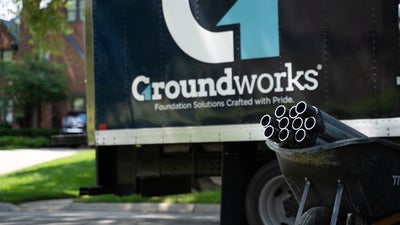
Signs You Need Push Piers
There are common indicators that suggest the need for push piers, such as:
- Visible cracks in the foundation
- Cracks appearing in drywall
- Nails popping out of drywall
- Floors that are not level
- Gaps appearing next to flooring
- Doors and windows that stick or won’t close
- Brickwork cracking
- Chimneys that are cracking or tilting
Ignoring these warning signs can lead to increasingly severe and expensive repairs down the line. It’s crucial to consult with a foundation repair specialist like Bay Area Underpinning to avoid further damage.
Are Push Piers Necessary?
Yes, they are essential. Postponing foundation repair can make the situation worse, culminating in more significant, costlier damages.
Push piers are vital in our approach to stabilize your foundation and potentially restore its original level position. Acting quickly can spare you unnecessary expense and anxiety.
Although push piers are a significant component of foundation settlement solutions, Bay Area Underpinning also provides alternative systems—like helical and slab piers—which may be better suited to certain homes. A free inspection will help our specialists decide the best course of action for your case.
What Are the Benefits of Push Piers?
Our push pier systems are celebrated for their durability and lasting performance. Each installation is customized for the home, offering numerous advantages:
- Permanent Stability: They provide a reliable solution, ensuring long-term stabilization for your foundation.
- Minimizing Future Issues: Push piers are designed to transmit your home’s weight to more solid ground, forestalling any further settling.
- Possibility of Foundation Lifting: Push piers can also lift your foundation towards its original level, addressing any uneven settlement.
- Tailored Support: The depth and placement of our piers are carefully calculated based on the unique needs of your home, ensuring personalized reinforcement.
- Complete Structural Solutions: Push piers are just one part of our full range of structural repair services, which includes wall support and moisture control systems, for comprehensive stabilization.
- Assured Warranty: We back our push piers with a full warranty, ensuring protection for the lifespan of your home.
It’s vital to choose Bay Area Underpinning’s proprietary push piers to benefit fully from the repair process. Our specialized products and expertise offer superior benefits over standard options in the market.
How We Install Push Piers
The installation by our certified professionals includes:
- Excavate down to the footer of the home
- Attach a special footing bracket
- Assemble pier sections
- Mechanically push pier sections into the ground
- Monitor depths and capacities
- Cap off the piers
- Transfer the load to more stable soil
- Place rivets in exterior walls as benchmarks
- Backfill and restore excavation sites
For professionally installed push piers, Bay Area Underpinning is the premier choice. We specialize in customizing pier solutions to meet the specific demands of your home.
Why Our Push Piers Are the Optimal Selection for Your Home
Beyond the previously mentioned advantages, the SettleStop Push Pier System includes features like:
- Top-grade steel composition
- External sleeve reinforcement
- Installation out of sight (invisible post-installation)
- Precision installation and follow-up evaluation
- Comprehensive lifetime warranty
- Availability of yearly maintenance subscriptions
- Installation services available all year round
Reach Out to Bay Area Underpinning for Push Piers Now!
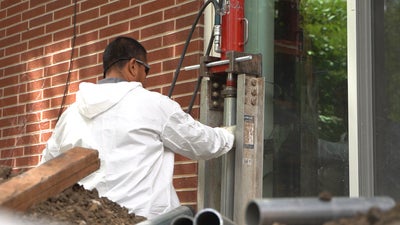


Don’t compromise your home’s integrity due to foundational issues. Prompt action is crucial to mitigate the problem; waiting only leads to more extensive damage.
For a free, no-obligation inspection, contact Bay Area Underpinning. Our push piers are engineered to solidify your foundation enduringly and can potentially restore it to its original configuration. Residents trust us for top-notch service and proven solutions. Don’t hesitate to call us today!
FAQs
The cost varies based on the extent of the damage and the number of piers needed. Bay Area Underpinning will provide a precise estimate during a free inspection, outlining the cost and discussing financing options.
The duration depends on the problem’s severity, installation site, and the number of piers required. A precise timeline will be provided during your free inspection.
We aim for minimal disruption, excavating only what is necessary to secure the foundation. Post-installation, we restore the site diligently. For more information, schedule a free inspection with Bay Area Underpinning.
Publish Date:
Last Modified Date:
Explore more solutions

Our Locations
2333 Courage Dr. Suite C
Fairfield, CA 94533
1161 N Fair Oaks Ave
Sunnyvale, CA 94089

